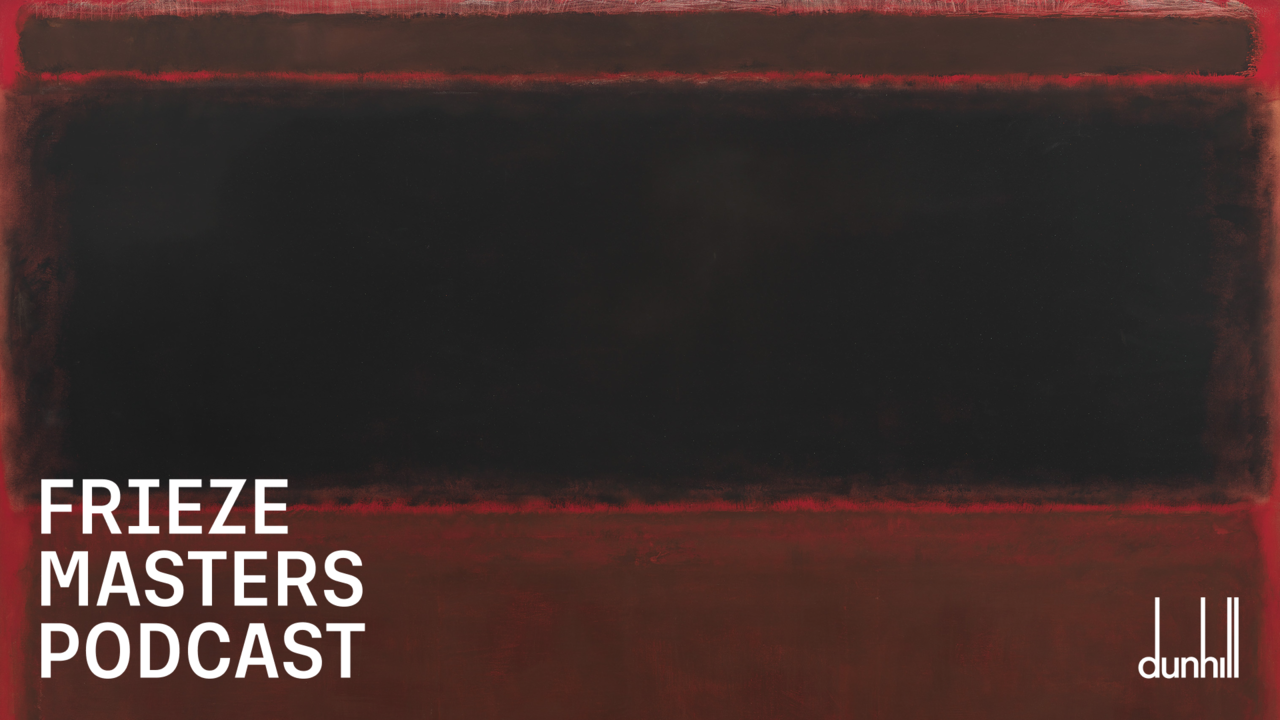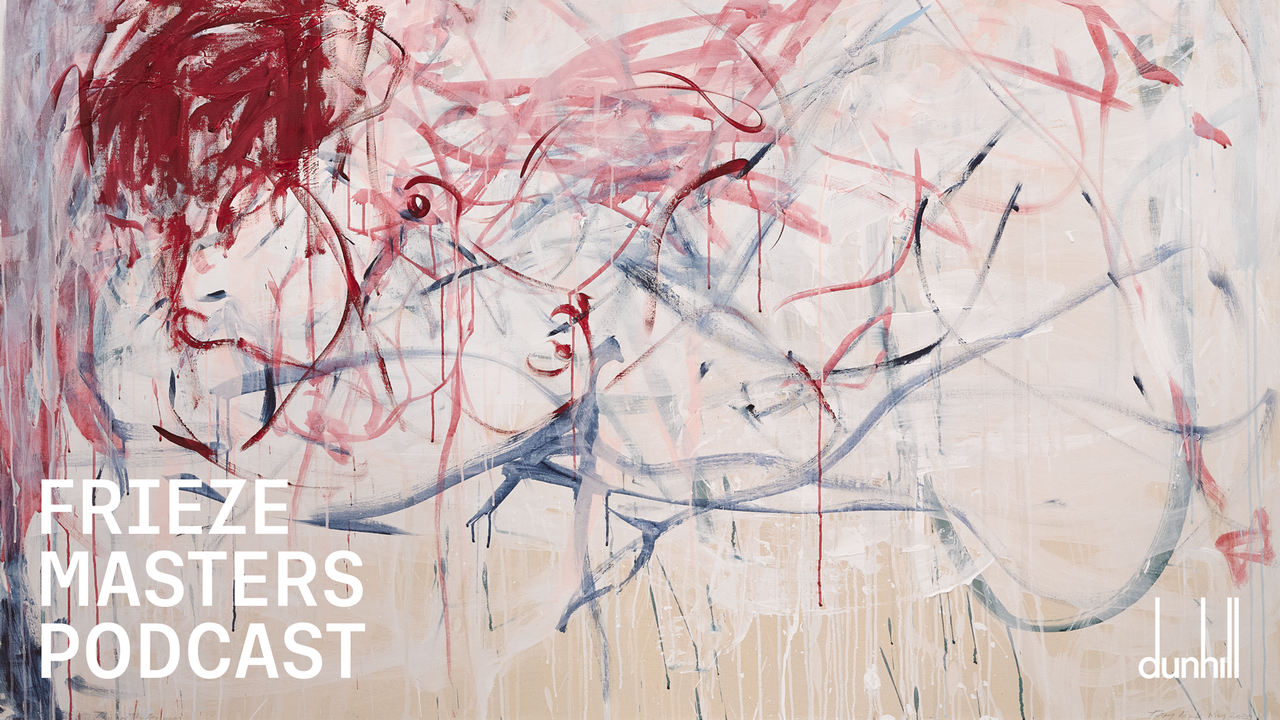All Together Now
Manifesta 2
Manifesta 2
As you'd expect from a place whose name contains the words 'luxury' and 'bourgeois', the city of Luxembourg is comfortable, pretty and a little dull. It shares many characteristics with Basel, the host town for 'Europe's leading art fair', so as the setting, a few weeks later, for Manifesta 2 - the nomadic art biennial on display in five venues across the city - Luxembourg didn't seem inappropriate. Manifesta, however, turned out to be rather different from the run-of-the-mill art-world jamboree.
First, it was a strictly European affair, so American artists (and consequently, dealers and critics) were almost completely absent. Furthermore, this 'Europe' wasn't the traditional group of five or six art-producing countries (France, Germany, Great Britain, Italy, and perhaps some obligatory Scandinavian or Eastern representative), but a radically expanded region, with selections from across the entire continent, with the former Communist countries making their presence strongly felt. The curators - Robert Fleck, Maria Lind, and Barbara Vanderlinden - clearly wanted to map out an alternative to the Western art world, so dominated by a number of gallerists and collectors.
Despite this attempt at inclusivity, the strongest contributions came mostly from the established art-producing countries. Italian artist Maurizio Cattelan's huge earth cube sprouting an olive tree, for instance, created a moment of surprise: you never expect a piece like this. But the amazement is rather short-lived, and once it's gone precious little is left. Other pieces with strong visual impact provoked more thought, such as Elke Krystufek's narcissistic play with guns and her own naked body, although the unedited snapshots of naked flesh didn't quite seem to fit the slick frames she used at Manifesta. While the presentation may have been an intentional twist to an unpolished aesthetic - possibly a reference to Gerhard Richter's Atlas - it seemed a less effective presentation than has been deployed in other contexts.
This tension between subject matter and form also appeared in Norwegian enfant terrible Bjarne Melgaard's massive installation Artist in search of God within his own limitations (An outdoor swimming pool for Yolanda the Jack Smith Penguin) (1998). This extravagant piece consisted of a real swimming pool, a number of large canvases - one of which is floating in the water - a video about penguins, a number of dog images, a sculpture made of toilet paper and several drawings. Melgaard explains the installation as a 'mental reconstruction of the moment when Yolanda the Jack Smith Penguin watches Moses, applying fake eyelashes on a dead goat'. This is not very helpful. Over the last couple of years, Melgaard has developed an intricate mythological structure populated by creatures such as Yolanda, the Lightbulb Man and the gay porn star Joey Stefano. The recurring themes are addiction and excess, and the latter seems to be the key to the present installation: It's too much, it's out of control. It's deluxe. Hardly provocative in any profound sense, Artist in Search of God... came across rather as a celebration of the beauty of colour and form, and as strong a defence for the splendour of painting as can be found today.
Manifesta's catalogue suggests a number of key concepts, some of which - 'expansive painting', 'fictional/factual biography', 'ambient space' - succeed in highlighting current trends in contemporary art. Not really themes of the show, these ideas worked more as tools for describing what the curators have encountered during their extensive travels across the continent. 'Ambient space', for example, is a vague term, but it does seem to capture a common feature of a number of interesting works, including Dominique Gonzalez-Foerster's cinema lounge and Pierre Huygue's mysteriously divided space. Whereas Gonzalez-Foerster has clearly created more effective ambiences in other situations, Huygue's cinematic piece, in its simplicity, has something truly dreamlike about it. On one side of a glass wall, a voice talks about its psychedelic experiences; on the other side is projected Warhol's Sleep (1963). To get from one side of the glass to the other, one has to pass through a large part of the museum. In spite of their proximity, the two rooms seem strangely distant. One even gets the sense that the other part of the piece may perhaps be an optical illusion - people wave to each other through the glass to make sure the other side is for real.
Ann-Sofi Sidén's monitors in the basement of the Casino also set up a strange dream scenario, entertaining but also capable of creating a certain paranoia - especially for people who spend a lot of time in hotels. On each of the screens you can observe the goings-on in a number of different hotel rooms: people sleeping, packing, dressing and undressing, hugging, reading, coming out of the bathroom. All the monitors are placed on shelves among piles of toilet paper and white towels. Who has set up this surveillance system? Some mad cleaning lady or the Luxembourg police?
One of the curators' categories, 'fictional/factual biography', appears particularly generous; it easily embraces projects as diverse as the melancholy films about Lithuania by Deimantas Narkevicius, screened through old, noisy Soviet projectors; Kutlug Ataman's mesmerising, seven hour interview with an incredible Turkish artist-diva; and Eija-Liisa Ahtila's complicated story about the psychotic young man Aki, who constructs for himself a women called Anne, then to be drawn into an labyrinthine intrigue involving celebrities from all over the world. All these works deal with the construction of a self, and whether this self is fictitious or real is often hard to discern.
The expansive painter par excellence had to be Michel Majerus, who covered a gigantic wall with eclectic imagery, including his version of a large Frank Stella painting. Other works with more unexpected painterly qualities were Sean Snyder's video depicting people arriving at an airport through an automatic gate, which, when closed, looks just like a Barnett Newman 'zip' painting in bleak colours, and Tobias Rehberger's flower beds which, when viewed from the Casino's veranda, offered abstract colour fields. These two latter examples of painterly practice should perhaps be seen less as examples of 'expansive painting' than as works displaying an interest in abstraction in spite of everything. This is not the heroic abstraction of high Modernism, but rather reflects the monochromatic surfaces found in design and the everyday: ironic remainders of a long-gone heroism - Rehberger's speciality.
One of the general claims of Manifesta 2 was that there are contemporary artists from very different parts of Europe involved in rather similar projects. To prove the point, the curators seem to have actively sought out and juxtaposed formally similar works from disparate locations. While their premise - that everybody today has access to the same information - is unlikely to be challenged, the conclusion - that the traditional sense of centre and periphery has lost its relevance - may be premature. On reading the catalogue's informative essays on the art scenes of 41 countries, one realises that a complete levelling has not yet been achieved. What, for instance, would Rehberger's flower beds signify in Albania, where 'the first attempts at abstract and free painting' were exhibited as recently as 1990?
Of course, everybody wants to avoid viewing art from 'marginal' countries as exotic. But there is the opposite risk of only including works that relate to the main trends, things that look like 'art' from the centre. An exception was Doctor Galentin Gatev's rather incomprehensible piece about priests on motorcycles: It made no sense as art, but it did teach me something quite amusing about priests in Bulgaria. In a show like this, maybe that's the most interesting kind of work - it makes real differences visible.
'Manifesta lacked clarity; had a confusing catalogue; included too many interventions and abused the museum settings', wrote Stuart Morgan two years ago in these pages about the first edition of the biennial, held in Rotterdam. This year's show had a very informative catalogue and fewer interventions; it used the museums rather well. This year's curators wrote that throughout their preparation, they felt the question 'What is Europe?' looming on the horizon. Despite the timeliness of the show, the grand question remains.














